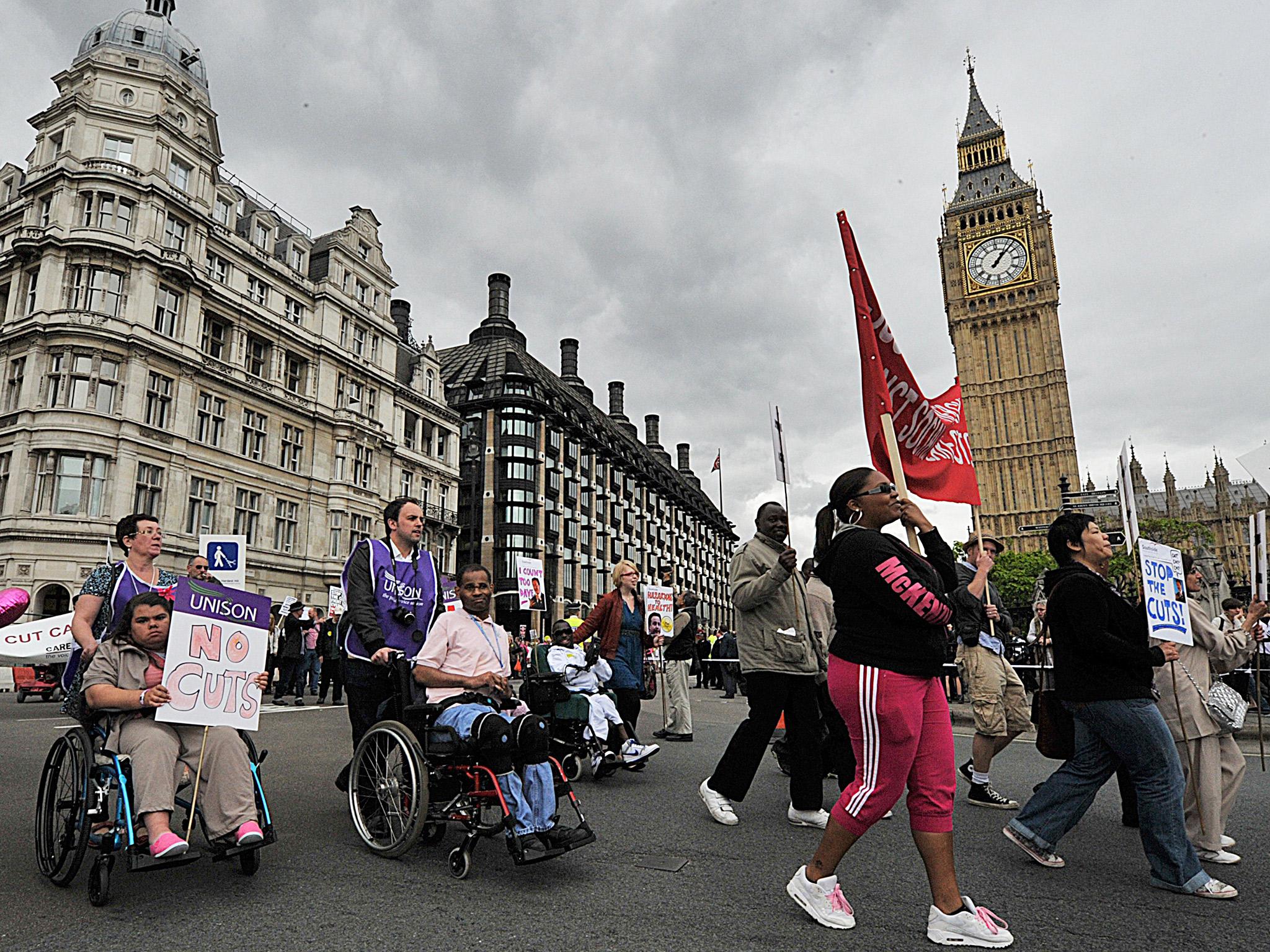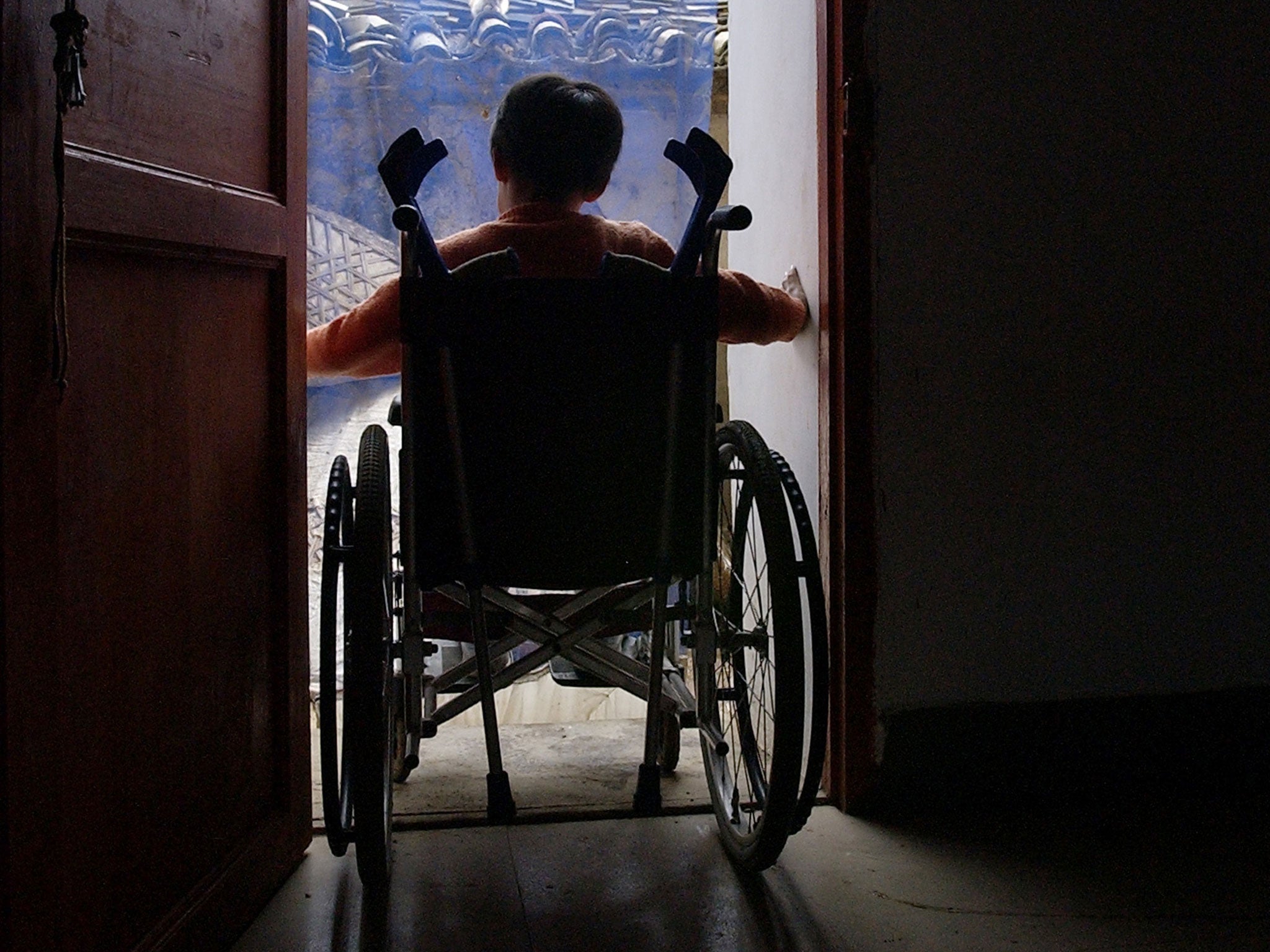Your support helps us to tell the story
From reproductive rights to climate change to Big Tech, The Independent is on the ground when the story is developing. Whether it's investigating the financials of Elon Musk's pro-Trump PAC or producing our latest documentary, 'The A Word', which shines a light on the American women fighting for reproductive rights, we know how important it is to parse out the facts from the messaging.
At such a critical moment in US history, we need reporters on the ground. Your donation allows us to keep sending journalists to speak to both sides of the story.
The Independent is trusted by Americans across the entire political spectrum. And unlike many other quality news outlets, we choose not to lock Americans out of our reporting and analysis with paywalls. We believe quality journalism should be available to everyone, paid for by those who can afford it.
Your support makes all the difference.The Government is going backwards in meeting its own main target for improving disabled people’s lives, new official figures suggest.
Ministers say they want to halve the so-called “disability employment gap” by 2020 – the difference between the number of people in work with disabilities work and the number of people without them.
This would mean getting 63 per cent of disabled people into work by the end of the Parliament.
However new figures from the Office for National Statistics (ONS) show it is making reverse progress on the metric.
While the number of disabled people in work is up 121,000 since last year, non-disabled people are the main beneficiaries of employment growth and moving into work faster than their disabled counterparts.
The employment rate for people who are not disabled increased by 0.9 per cent compared to 2015, while disabled people’s employment only increased by 0.6 per cent.
As a result, rather than closing, the gap is widening – up by 0.3 per cent to 33 per cent.
Mark Atkinson, chief executive of disability charity Scope, said the overall increase in employment was positive, but that the Government clearly needed to change strategy to reach its goal.
“An increase in the number of disabled people in work is clearly positive news,” he said.

“However, a closer look shows the gap between the employment rate of disabled people and the rest of the population has widened.
“The Government has made a bold pledge to halve this disability employment gap by 2020.
“The new Secretary of State has committed to consulting with disabled people and disability organisations on employment support.
“This is a welcome move. Current measures to support disabled people into employment aren’t working.
“If the Government is to achieve its ambitious target, it must overhaul the system.”
Disability charities warned that previous government policies – including a £30-a-week cut to some new claimants on the Employment and Support Allowance benefit - would make it harder for disabled people to get into work.
Ministers were earlier this year pushed into ditching a plan to cut support for disabled people in need of specially adapted appliances and who claimed the Personal Independence Payment – after sustained criticism from charities.
Iain Duncan Smith, the former work and pensions secretary, resigned over the cut, arguing that the Government was balancing the books on the back on the back of the most vulnerable in society.
However other cuts – including the abolition of the Independent Living Fund and caps on payment to Access To Work support – were voted through by Conservative MPs.
In a report today the Trades Union Congress welcomed the Government’s targets, but said funding for Access To Work needed to be increased.
It also proposed changes to the Work Programme, the reversal of ESA cuts, an extension of the Work Choice scheme, and a more collaborative approach involving trade unions.
The new Work and Pensions Secretary Stephen Crabb has said he will try to work more cooperatively with disability charities in the coming months, with the Government set to unveil concrete proposals later this year.
A spokesperson for the Department for Work and Pensions told the Independent: “Supporting disabled people into work and halving the disability employment gap are two of our key priorities. We continue to support Disability Confident and Access to Work to help disabled people into work and our green paper on health and work will help improve support for disabled people and people with health conditions. Our latest figures show that 365,000 more disabled people are in work compared to 2014.”

Join our commenting forum
Join thought-provoking conversations, follow other Independent readers and see their replies
Comments